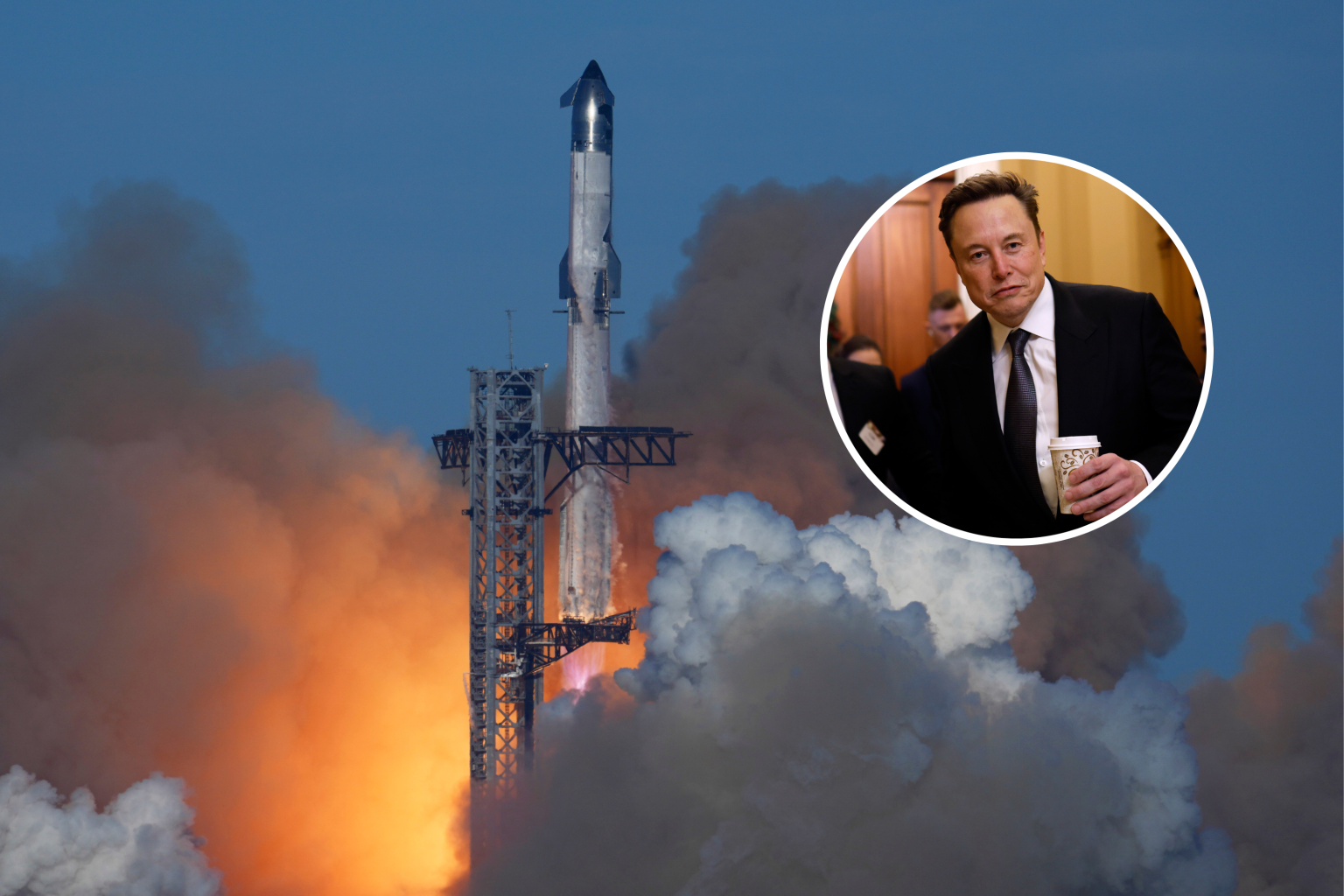On Thursday, April 20, 2024, SpaceX conducted the seventh test flight of Starship, the world’s most powerful rocket, from its Starbase facility in Boca Chica, Texas. The test aimed to propel the fully reusable two-stage vehicle, comprising the Super Heavy booster and the Starship upper stage, into orbit. While the Super Heavy booster successfully executed a controlled descent and landing, marking a significant achievement, the Starship upper stage experienced a catastrophic failure approximately ten minutes into the flight, disintegrating over the Atlantic Ocean. The event unfolded dramatically, captivating global attention and sparking discussions about the future of SpaceX’s ambitious space program.
The test flight held immense significance, as Starship is the designated vehicle for NASA’s Artemis program, tasked with returning astronauts to the moon by the end of the decade. SpaceX, despite experiencing remarkable success with its Falcon 9 rocket, faced a stark reminder of the inherent complexities and challenges associated with developing a fully reusable super-heavy lift launch system. The ultimate goal of Starship extends beyond lunar missions, serving as the cornerstone of Elon Musk’s vision for interplanetary travel, particularly a human mission to Mars. Thus, the failure represented a setback, albeit a temporary one, in humanity’s pursuit of establishing a multiplanetary presence.
Preliminary investigations into the explosion, spearheaded by SpaceX and shared publicly by Elon Musk, point to a propellant leak within a cavity situated above the engine firewall of the Starship upper stage. This leak ignited a fire that rapidly overwhelmed the existing venting system, leading to the vehicle’s disintegration. SpaceX confirmed that telemetry data was lost approximately eight and a half minutes into the flight, with indicators suggesting a fire in the aft section of Starship prior to the “rapid unscheduled disassembly.” The company swiftly announced corrective measures, including enhancements to the fire suppression system and an increase in vent capacity, to mitigate similar incidents in future tests.
The April 2024 test followed a series of Starship flights, each yielding valuable data and incremental progress. SpaceX achieved a successful booster catch during the Starship Flight 5 mission in October 2023. However, the subsequent November test encountered a different type of failure, when communication with the launch tower computer was lost, necessitating a precautionary abort. Despite these Starship setbacks, SpaceX maintained a remarkable track record with its Falcon 9 rocket, successfully completing hundreds of missions, booster landings, and reflights, including the launch of Firefly Aerospace’s Blue Ghost Mission 1 to the moon just a day before the Starship test.
The reaction to the Starship test flight was widespread, generating significant commentary from industry leaders and the public alike. Elon Musk, maintaining his characteristic candor, acknowledged the outcome while emphasizing the iterative nature of development, stating, “Improved versions of the ship & booster already waiting for launch.” Interestingly, Jeff Bezos, founder of competitor Blue Origin, which coincidentally launched its New Glenn rocket into orbit on the same day, commended SpaceX on the successful booster catch. This exchange underscored the collaborative spirit and shared ambition within the private space industry.
SpaceX, undeterred by the setback, immediately embarked on preparations for the eighth Starship test flight. With the next rocket and booster already undergoing prelaunch testing, Musk indicated a potential launch date as early as the following month. Concurrently, SpaceX filed a request with the Federal Aviation Administration to increase its annual Starship launch allowance from five to twenty-five, a proposal currently under public review. This ambitious request signifies SpaceX’s commitment to accelerating the development and operational tempo of Starship, crucial for realizing its long-term vision of multiplanetary life. The company reiterated its learning-focused approach, emphasizing that each test, regardless of outcome, provides critical insights for improving Starship’s reliability and ultimately achieving mission success. The journey to Mars, and beyond, remains a defining objective, and each Starship test contributes to paving the path towards this ambitious future.

